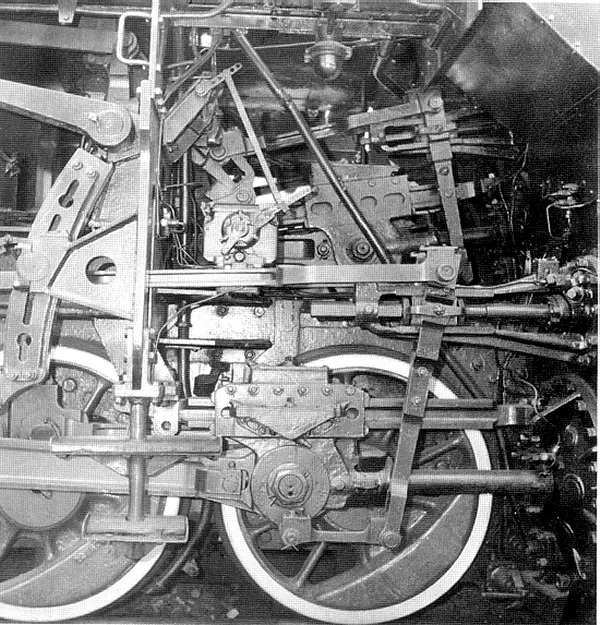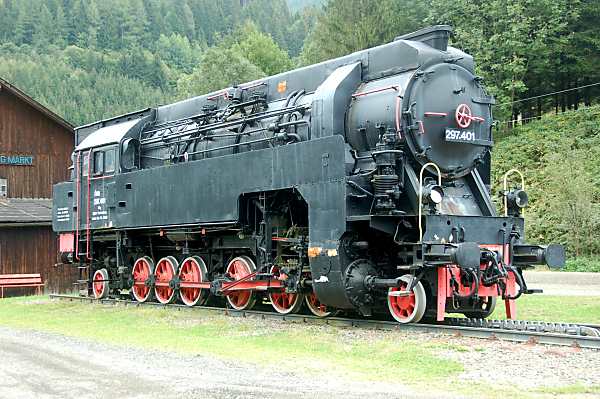
Found this photo of the gear on a rack locomotive and wondered how in the world they ever worked on this thing? I have read the accounts of farings being removed from streamlined locomotives to get at the reciprocating gear, and the stuggles involved to work on middle cylinders, but great golly miss molly, this set up makes my automobile engine look like a rubber band drive. How in the world did those old time steam mechacanics ever adjust this stuff? Makes me wonder if a new generation is being trained on this arcane art and science?..If not..bye, bye steam...



